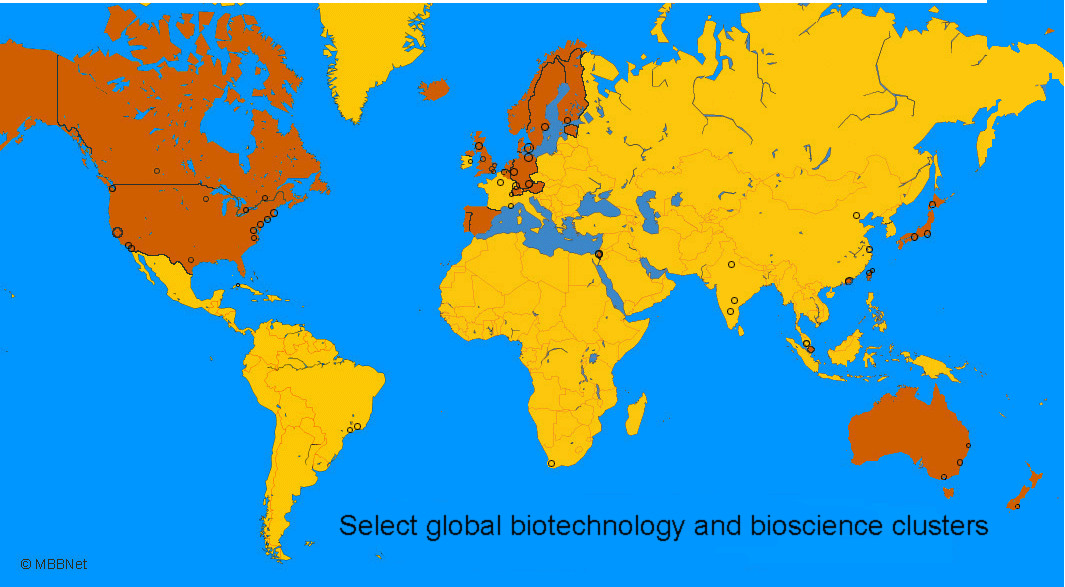Femtosecond lasers create true black metal
The process, using an incredibly intense burst of laser light, holds the promise of making everything from fuel cells to a space telescope’s detectors more efficient–not to mention turning your car into the blackest black around. Guo is also quick to point out that the nanostructures’ remarkable increase in a metal’s surface area is a …

